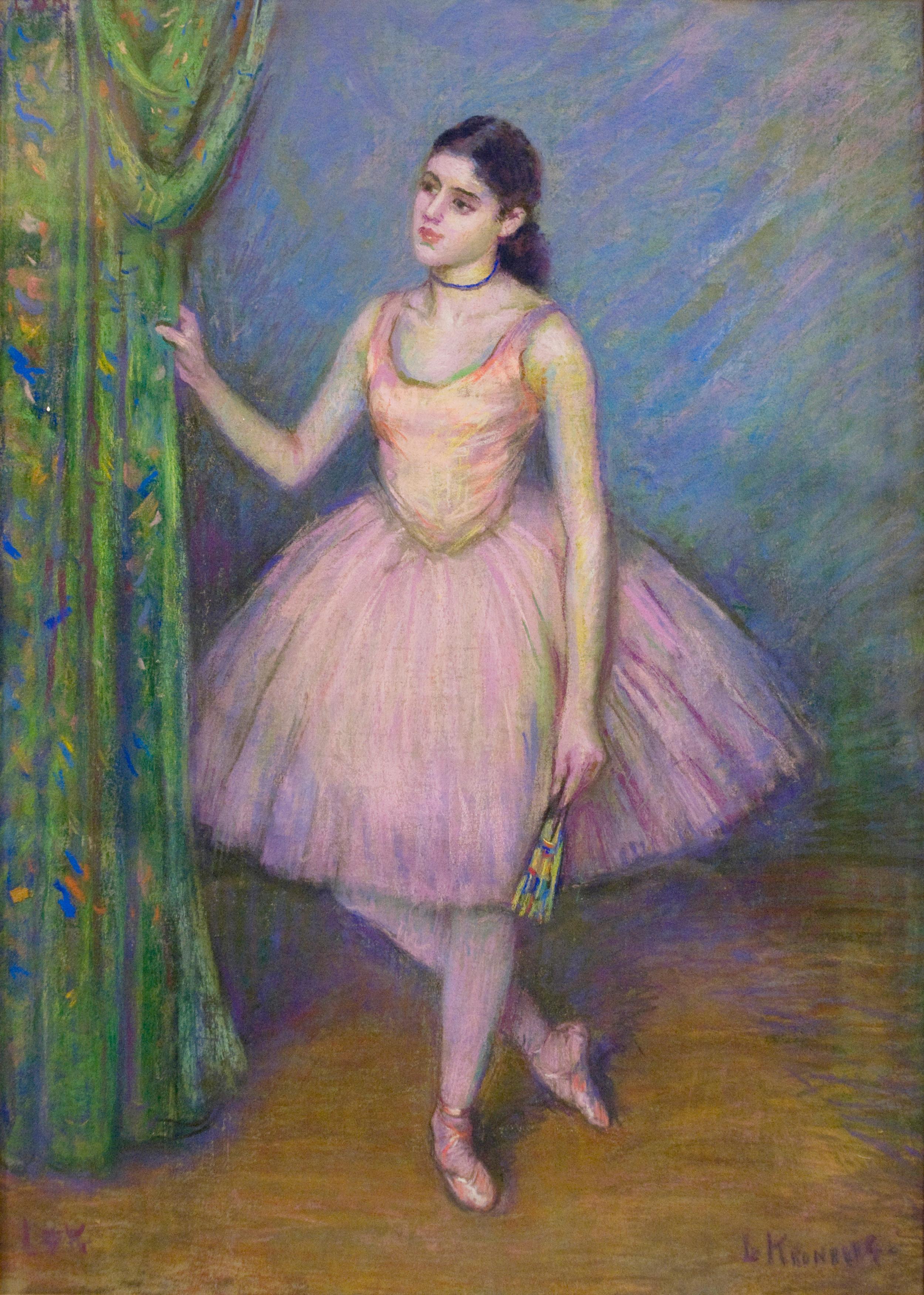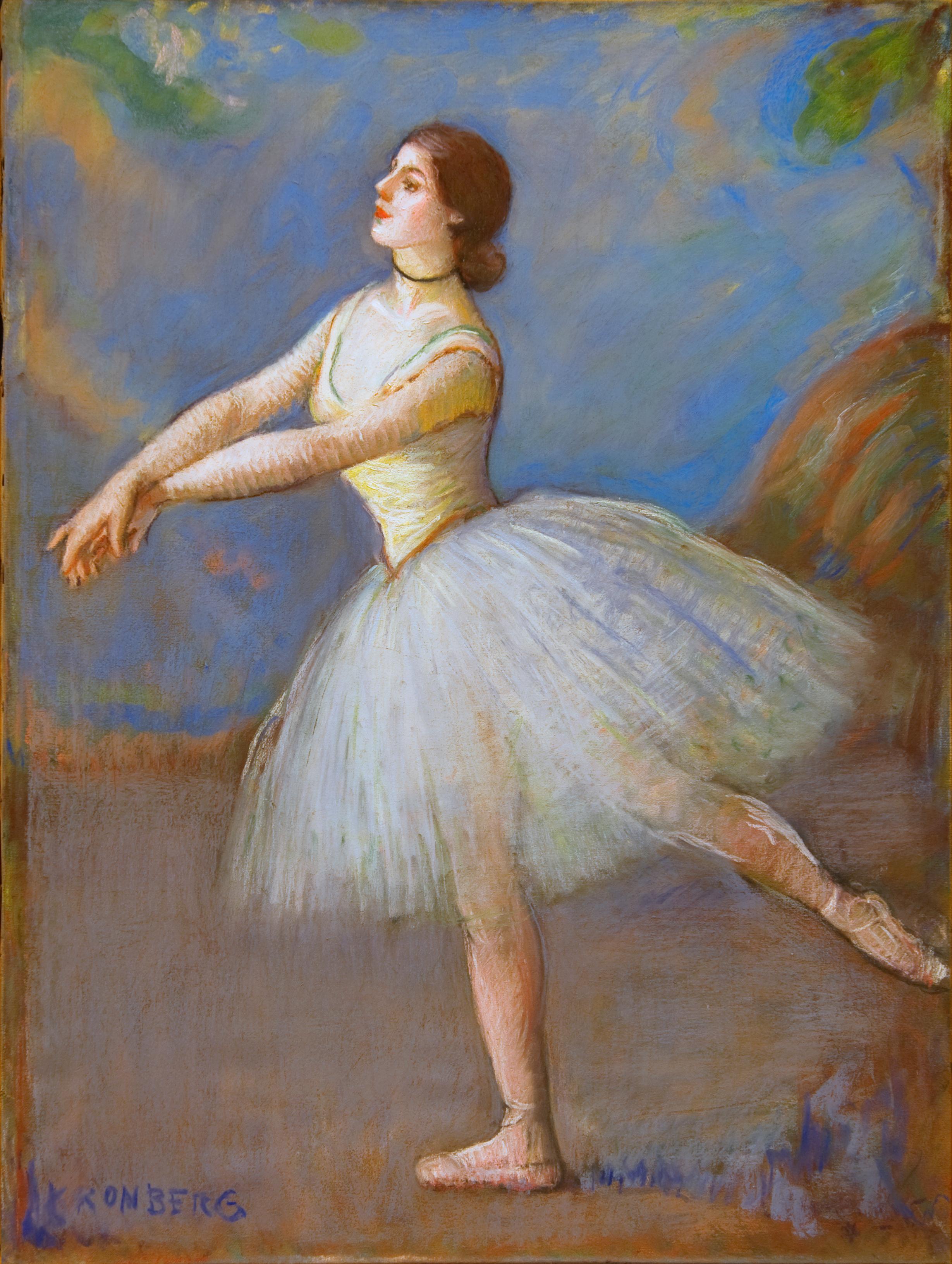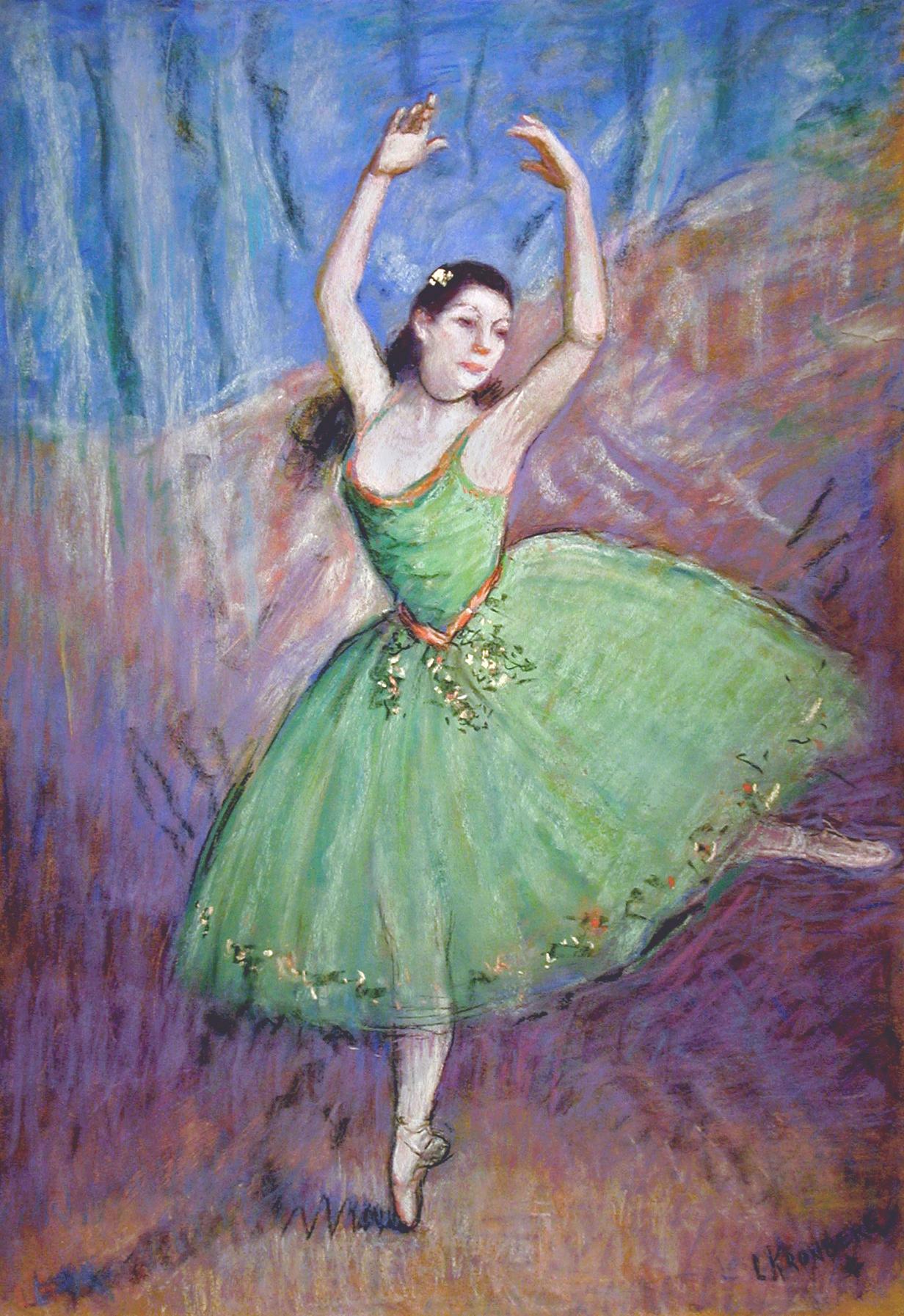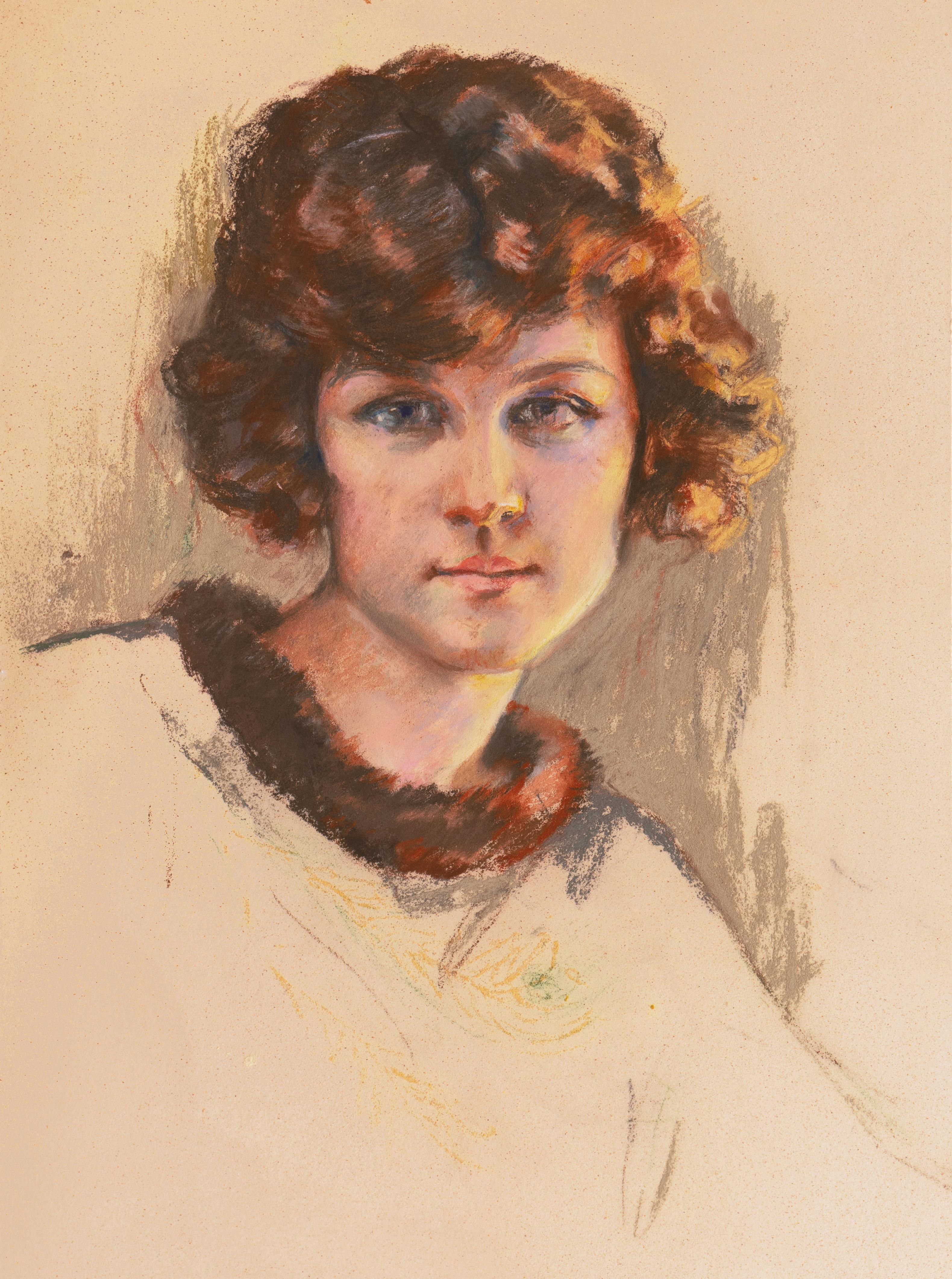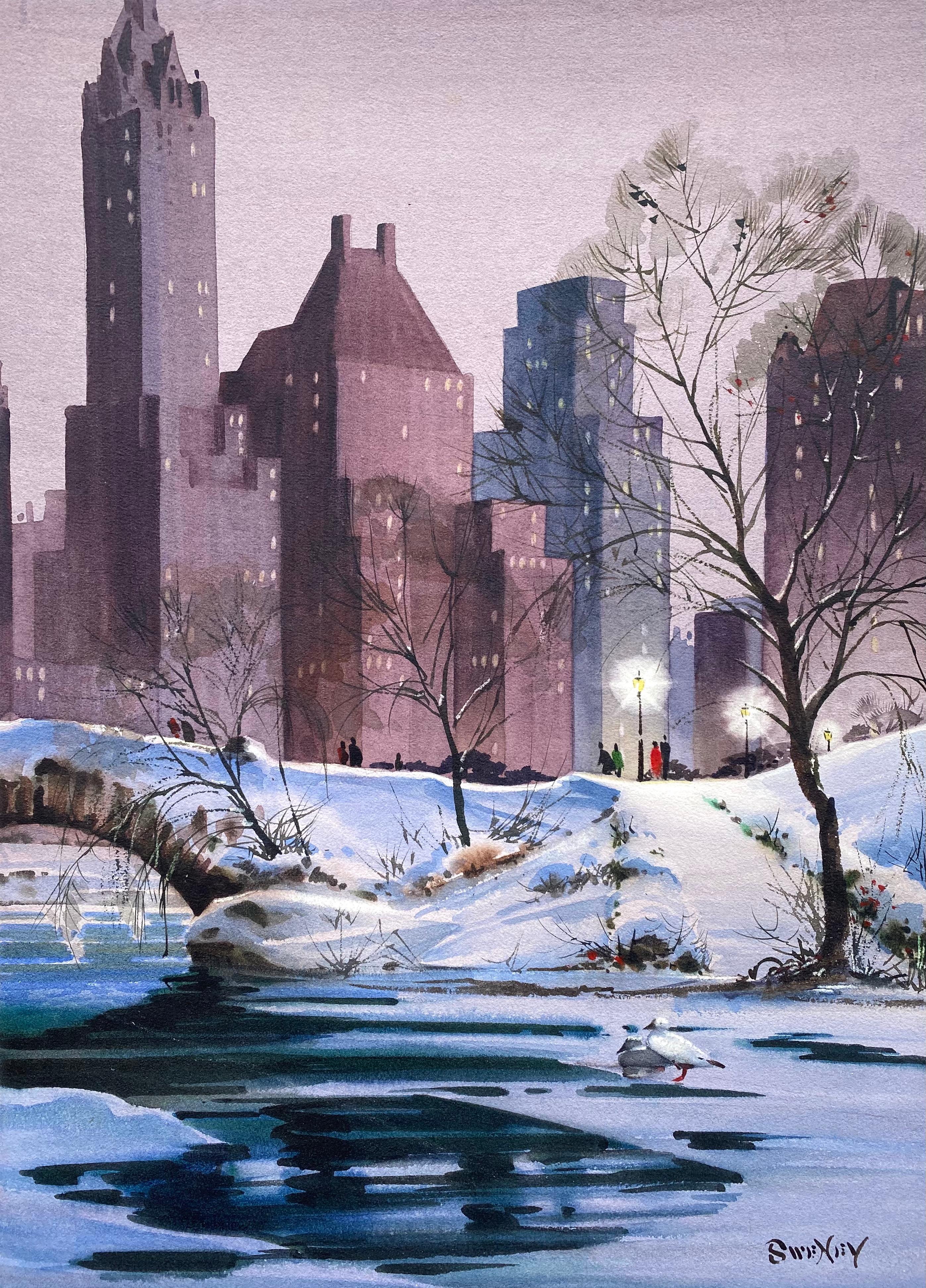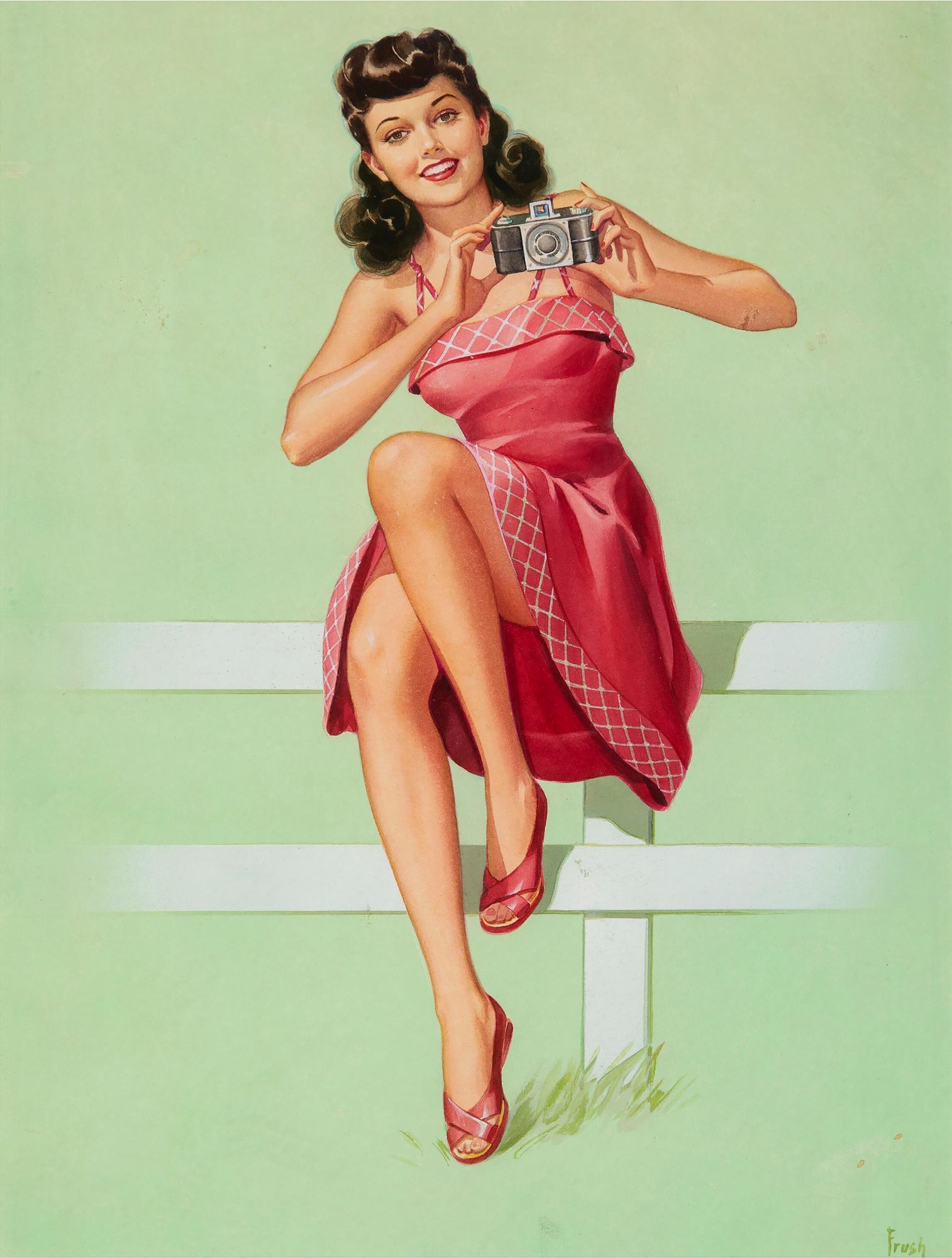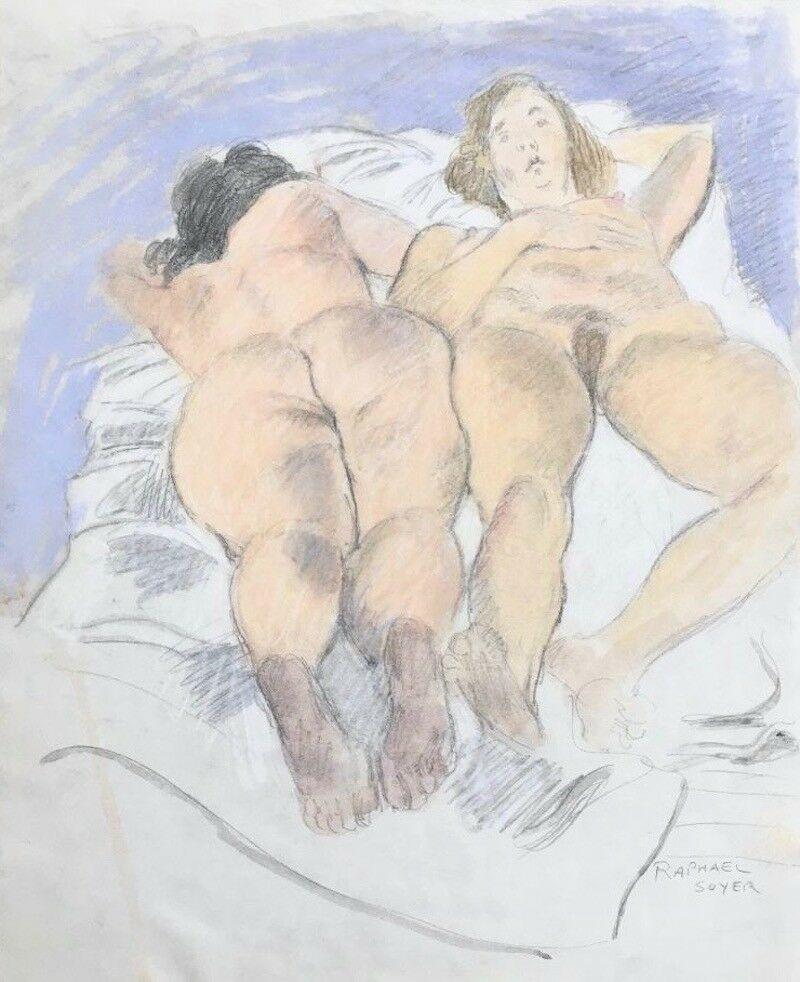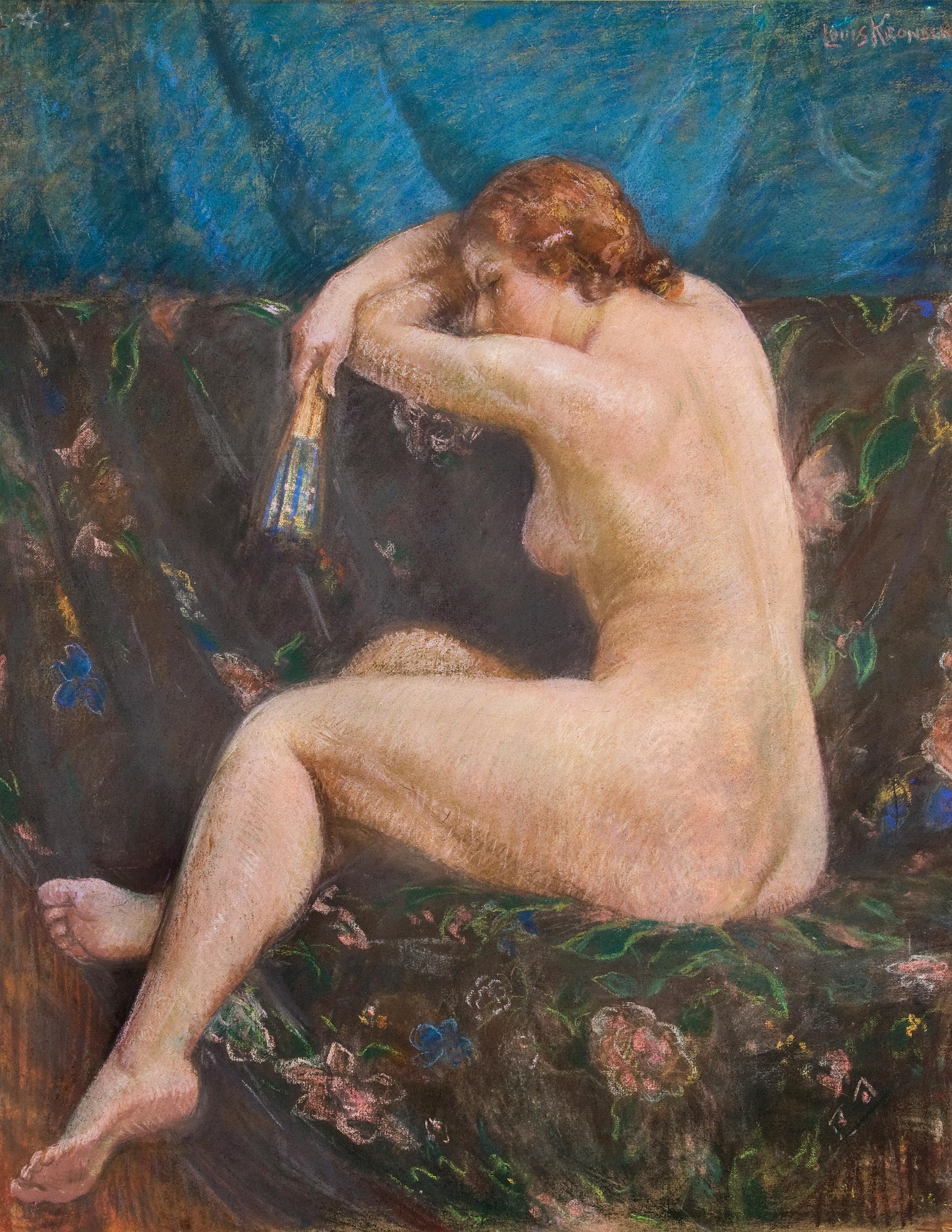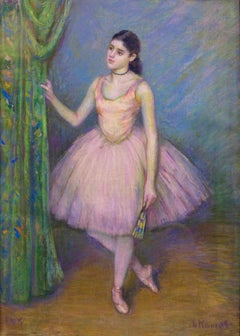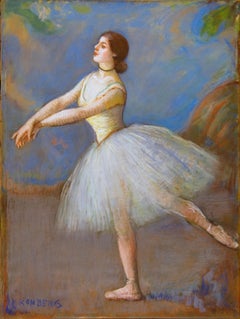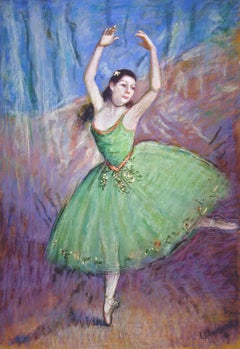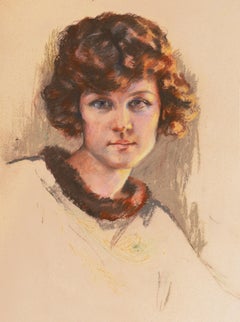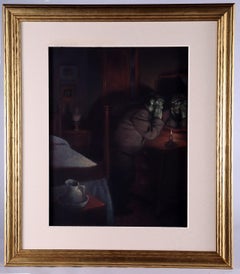
Dr. Jekyll and Mr. Hyde
View Similar Items
1 of 8
Gary KelleyDr. Jekyll and Mr. Hyde1980
1980
$2,500List Price
About the Item
- Creator:Gary Kelley
- Creation Year:1980
- Dimensions:Height: 32 in (81.28 cm)Width: 28 in (71.12 cm)Depth: 1 in (2.54 cm)
- Medium:
- Movement & Style:
- Period:
- Condition:
- Gallery Location:Minneapolis, MN
- Reference Number:1stDibs: LU12224476422
Authenticity Guarantee
In the unlikely event there’s an issue with an item’s authenticity, contact us within 1 year for a full refund. DetailsMoney-Back Guarantee
If your item is not as described, is damaged in transit, or does not arrive, contact us within 7 days for a full refund. Details24-Hour Cancellation
You have a 24-hour grace period in which to reconsider your purchase, with no questions asked.Vetted Professional Sellers
Our world-class sellers must adhere to strict standards for service and quality, maintaining the integrity of our listings.Price-Match Guarantee
If you find that a seller listed the same item for a lower price elsewhere, we’ll match it.Trusted Global Delivery
Our best-in-class carrier network provides specialized shipping options worldwide, including custom delivery.You May Also Like
Dancer in Pink
By Louis Kronberg
Located in Mc Lean, VA
American Impressionist
Category
1940s American Realist Figurative Drawings and Watercolors
Materials
Pastel, Cardboard
Dancer in White
By Louis Kronberg
Located in Mc Lean, VA
American Impressionist
Category
1940s American Realist Figurative Drawings and Watercolors
Materials
Pastel, Cardboard
Dancer in Green
By Louis Kronberg
Located in Mc Lean, VA
American Impressionist
Category
1950s American Realist Figurative Drawings and Watercolors
Materials
Pastel, Cardboard
'Vancouver Girl', Young Woman with Bobbed Copper Hair, AIC, Paris, New York
Located in Santa Cruz, CA
Signed verso, 'George Wilburton Colby' (American, 1859-1922) and dated 1920.
George Colby was a member of the old Art League and a life member of the Chicago Art Institute. After hi...
Category
1920s Impressionist Figurative Drawings and Watercolors
Materials
Paper, Pastel, Illustration Board
“Winter Evening”
Located in Southampton, NY
Original watercolor and gouache on archival Molvin arches paper by the well known American illustrator Fred Sweney. The scene depicts Central Park in New York City in a winter landscape with figures in conversation under an illuminated lamp post. Signed lower right. Titled verso in pencil with American Scene magazine #32 and page 30...
Category
1960s American Realist Figurative Drawings and Watercolors
Materials
Watercolor, Gouache, Illustration Board
$1,600 Sale Price
38% Off
Environmental Prognostication Coil Narrative "Homo Sapiens R.I.P."
Located in Miami, FL
"They paved paradise and put up a parking lot," Joni Mitchell said. - - Created in 1969, at the dawn of the American environmental movement, artist Richard Erdoes draws a sequential narrative in the form of a coil. From inception to destruction, it illustrates a list of things that humans are doing to destroy the world we live in. The work was commissioned for school-age humans and executed in a whimsically comic way. Yet the underlying narrative is sophisticated and foreshadows a world that could be on the brink of ecological disaster.
Graphically and conceptually, this work exhibits an endless amount of creativity and Erdoes cartoony style is one to fall in love with.
Signed lower right. Unframed 12.4 inches Width: 12.85 inches Height is the live area. Board is 16x22 inches.
Richard Erdoes (Hungarian Erdős, German Erdös; July 7, 1912 – July 16, 2008) was an American artist, photographer, illustrator and author.
Early life
Erdoes was born in Frankfurt,to Maria Josefa Schrom on July 7, 1912. His father, Richárd Erdős Sr., was a Jewish Hungarian opera singer who had died a few weeks earlier in Budapest on June 9, 1912.After his birth, his mother lived with her sister, the Viennese actress Leopoldine ("Poldi") Sangora,He described himself as "equal parts Austrian, Hungarian and German, as well as equal parts Catholic, Protestant and Jew..."[4]
Career
He was a student at the Berlin Academy of Art in 1933, when Adolf Hitler came to power. He was involved in a small underground paper where he published anti-Hitler political cartoons which attracted the attention of the Nazi regime. He fled Germany with a price on his head. Back in Vienna, he continued his training at the Kunstgewerbeschule, now the University of Applied Arts, Vienna.[5] He also wrote and illustrated children's books and worked as a caricaturist for Tag and Stunde, anti-Nazi newspapers. After the Anschluss of Austria in 1938 he fled again, first to Paris, where he studied at the Academie de la Grande Chaumiere, and then London, England before journeying to the United States. He married his first wife, fellow artist Elsie Schulhof (d. xxxx) in London, shortly before their arrival in New York City.
In New York City, Erdoes enjoyed a long career as a commercial artist, and was known for his highly detailed, whimsical drawings. He created illustrations for such magazines as Stage, Fortune, Pageant, Gourmet, Harper's Bazaar, Sports Illustrated, The New York Times, Time, National Geographic and Life Magazine, where he met his second wife, Jean Sternbergh (d. 1995) who was an art director there. The couple married in 1951 and had three children.[6] Erdoes also illustrated many children's books.
An assignment for Life in 1967 took Erdoes to the Pine Ridge Indian Reservation for the first time, and marked the beginning of the work for which he would be best known. Erdoes was fascinated by Native American culture, outraged at the conditions on the reservation and deeply moved by the Civil Rights Movement that was raging at the time. He wrote histories, collections of Native American stories...
Category
1960s American Realist Landscape Drawings and Watercolors
Materials
Ink, Gouache, Illustration Board
Recently Viewed
View AllMore Ways To Browse
Robert Louis Stevenson
Gary Kelley
Oil Painting Knife
Picasso Art 1969
New York Minimalist
Water Scenes Oil Paintings
Art Vehicles
20th Century British Landscapes
Bird Oil Paintings
Ancient Roman Art
Oil Paintings Listed Artist
Harpers Bazaar
Vintage Contact Paper
19th Century French Oil Painting
French Advertising
Lake Oil Painting
Tv Media
Mother Daughter Art
